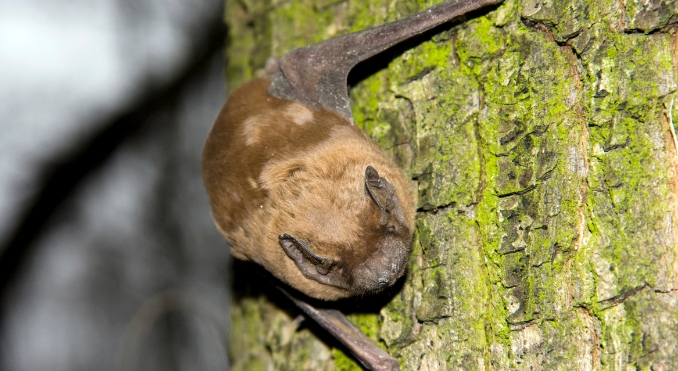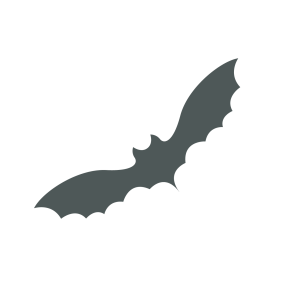

Up to 12 years
Head & body length: 60mm - 82mm; Wingspan: 320mm - 400mm
Least concern. Protected in the UK under the Wildlife and countryside Act 1981.
The Noctule bat is the largest bat in Britain, measuring on average 7cm in length and weighs up to 40g. It has golden-brown fur with a darker brown face and wings. Its small, rounded ears are also dark brown and have a mushroom-shaped tragus, the bit of flesh in front of the ear canal. It hunts at night, although it may emerge before dark during the summer months. It catches its prey on the wing, using its powerful flight to dive and catch insects from above the tree canopy. Noctule bats are woodland inhabitants, living in the rot holes in trees as well as woodpecker holes. They are widespread in England and Wales, with some numbers in south-west Scotland. Although classed as least concern, populations have shown a decline in recent years due to the loss of mature trees and the increase of intensive farming methods.
Can be surveyed all-year-round: Breeding season starts towards the end of summer and maternity colonies forming in the following spring. Droppings found within roosts can be analysed outside of active periods.
